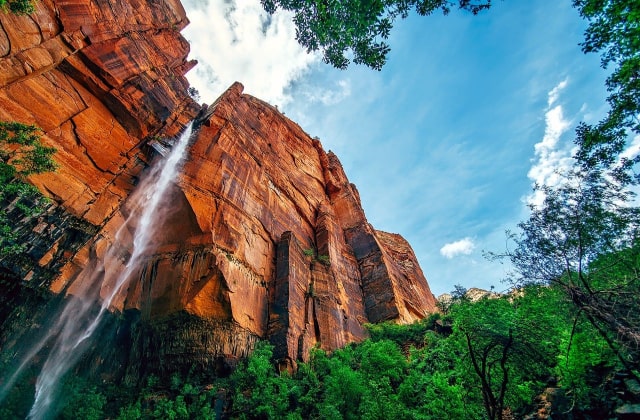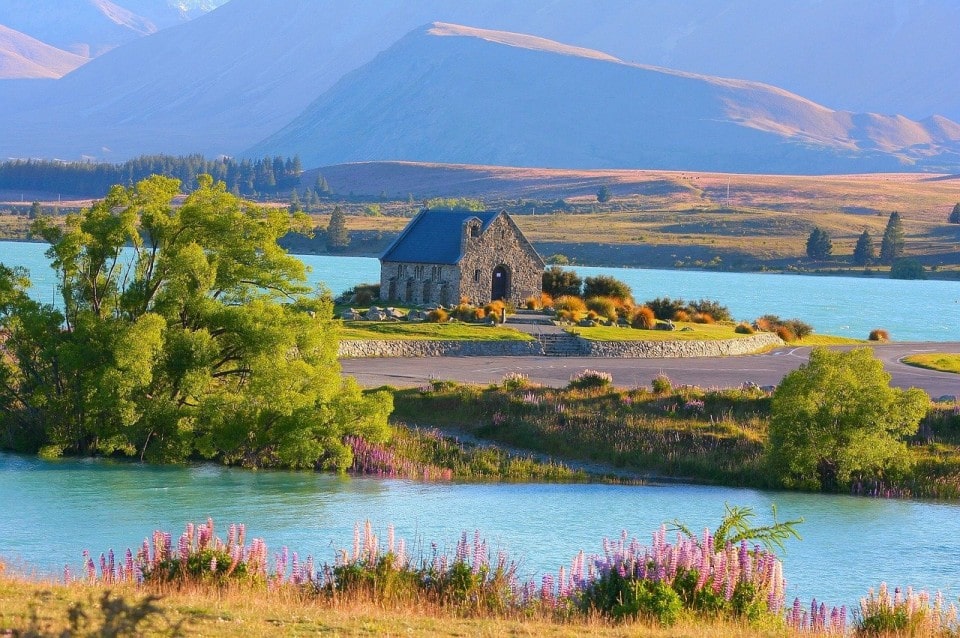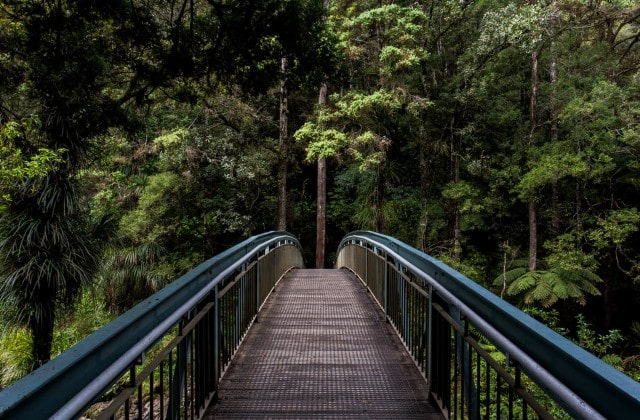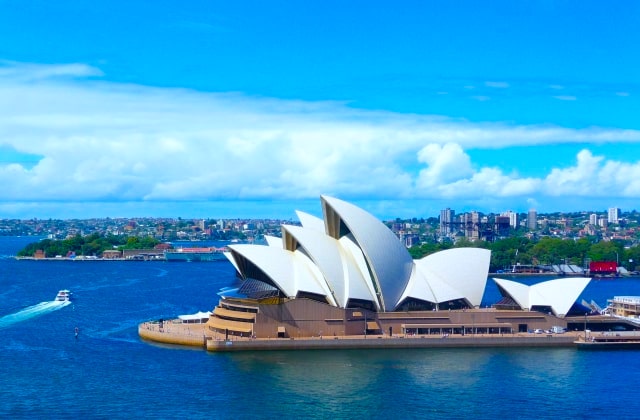A vacation to Australia would be significantly impacted by when Uluru is visited. Therefore, you need to think about the greatest time to travel there overall. What is the best time to visit Uluru?
Quick Response
What would be the best time to visit Uluru? The greatest months to travel are May through September, when daytime highs often range from 20 to 30 degrees Celsius.
Uluru: What is it?
Ayers Rock, Uluru, since it is called through its native Aboriginal dialect, is often referred to here as Australia’s red heart. There are several things that can compete with it when it comes to Australian wish items listed. If Uluru has yet to come to your attention, you could be residing there.
Uluru, located in the Red Centre region of Australia, is unquestionably among the most recognized structures on that planet. Uluru is indeed not merely a natural beauty; it is also a location of profound spirituality and has become a World Heritage Site. Every year, the historic site draws hundreds of visitors to Australia.
Uluru, which has profound spiritual importance for the native Australians, has been designated a UNESCO World Heritage Site recognized because of both its heritage and natural beauty.

Uluru Climate
The environment around Uluru includes semi-arid deserts, which can give the impression that it is scorching and dusty year-round, but that couldn’t be farther from the truth. Winters are chilly, and the summers are sweltering at Uluru.
Uluru comprises five seasons, according to the Anangu, the area’s original inhabitants.
– August through September: Piriya.
– December: Mai Wiyaringkupai/Kuli
– January through March: Itjanu/Inuntji.
– April through May: Wanitjunkupai.
– May through July: Wari.
The warmest months of the year would be from late December through into the beginning of March, when daytime temperatures frequently reach the forties. Although clouds, thunderstorms, as well as rainfall are brought on by the hot sun, the quantity of precipitation fluctuates significantly across the years.
The colder months start in April as well as reach their height in June until August. The Red Centre experiences an uptick in temperature from around the middle of August when the warmer winds sweep across the region.
Some tourists are shocked to learn how frigid the desert can become in the wintertime. Although it’s warm during the day, nighttime lows frequently drop under freezing, as well as frost as well as dew could form here on the ground there in the mornings.
Annually, crowds of tourists make their way to the rock. However, when is the “best time to visit Uluru” for such a perfect desert vacation?

When is the Best Time to Visit Uluru?
The optimum months to visit Uluru are May through September, despite the advice changing. We recommend these periods because of the local climate. Walking is safer and more pleasurable, and there isn’t much rain because of the mild temperature.
Wintertime overnight lows can be pretty low, so pack extra warm gear. The greatest times for seeing the resort’s blooms in flowering are often August through September.
The climate is significantly more tolerable between the days from May through September, with typically milder daytime temperatures. Additionally, throughout this time, the rock’s hues are typically more brilliant.
The reptiles within the area would emerge from hibernation during the summer rains, as well as the Central Australian flora would start to blossom there in winter and early spring. There would be a variety of vibrant wildflowers anywhere along the desert track, and you could even see a few kangaroos taking advantage of the pleasant weather as well as greenery.
The stone formations’ hues are exceptionally bright in this season of the year since there isn’t much rain and cloud coverage. The best time to make use of each of the trips is right now during the year.

Which is Preferable, Dawn or Dusk to Visit Uluru?
Even while the daylight might be appealing, Uluru comes to life at dawn and dusk when the rock’s hues are dramatically intensified. This is a result of airborne particles and water vapor.
The granules serve as a screen, obstructing the sun’s blue light as well as allowing only its red light to bounce off the stone. The crimson lighting then creates a gorgeous light that transforms the surroundings into a piece of beauty as it reflects off from the reddish-brown rock.
Uluru is ultimately accessible to tourists throughout the year! Many tourists overlook the climate and the mob and discover they still have an enjoyable day at the stone.
What Recommendations are there for Visiting Uluru?
- Sometimes, it comes to the point where the air is heavy with some of these obnoxious bugs, which may seriously detract from your enjoyment. Take a face mask and insect repellant with you. You’ll have a far richer outcome if you, most importantly, start ignoring the few that were not on the face.
- No matter what time of year you plan to visit Uluru, especially if you’ll be traveling great distances, make sure to bring plenty of water along with you.
- During the excursion, you could come across dingoes, but stay far away and don’t feed animals. Although they may appear charming, they are natural carnivores, and giving them makes them more likely to attack tourist attractions.
- Despite the fact that mobile telephone pictures are continually getting better, you should still pack a good camera if you intend to make the best of the trip. If you use a simple camera phone without good lenses or filtering, the light patterns and their effects can seriously decrease the performance of the pictures you take.
- Make sure you pack a set of walking boots or sneakers that are both reliable and cozy. Because of the challenging terrain near Uluru, wearing formal shoes might put you at risk of sliding or falling.
- Maintain as much of a battery on any mobile device as you can. The risk of getting trapped is too real in certain places due to their isolation.
- Keep in mind the saying, “Slip, Slop, Slap.” Slip on one shirt, slop on a bit of sunscreen, as well as slap on one hat. Even during the milder months of September and August, harsh desert heat may be a strong foe, and both scorching and exhaustion can ensue. It’s also a good idea to bring some eyeglasses with a lot of tints.
You May Also Like
Best Relaxing Places to Visit in Australia – Travel Guide
Relaxing Things to do in Adelaide with Family & Girlfriend
Take only memories, Enjoy your trip, & Leave only footprints
TEL









